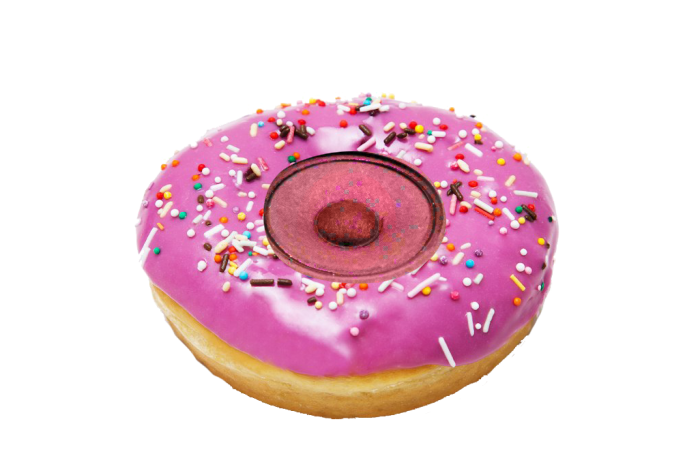There’s a particular sound common among rock, pop, and R&B of the 1960s, especially but not entirely limited to the earlier part of the decade, that has captivated me for a good few years now. It seems fitting to me that the Space Age would produce such a sound, as it has a definite “spacey” quality to it, and some of the songs that demonstrate it even reference it directly: Gary U.S. Bonds has “A Trip to the Moon” and Billy Lee Riley has “Flyin’ Saucers Rock & Roll,” among others.
I’ve mused for quite some time what exactly the characteristics are that give so much of the music of the period this particular ethereal, airy, distinctly spacey sound. I suspect some of it comes down to recording equipment, whether it be the microphones themselves, the setup used, the studio space or simply recording on tape. The early reel-to-reel recordings of Hasil Adkins showcase a similar hollow, fuzzy quality, but there seems to be more at play.
A big part of it is reverb. That certainly applies to the guitar, as seen in the surf rock craze of the period, but it’s not just that. The vocals have it too, albeit in small amounts, though there are multiple strategies for achieving the sound; Frank Guida achieves it on many of Bonds’s songs by multi-tracking the vocals.
It seems even the drums commonly have a slight echoey quality in some of these songs. James Ray’s “I’ve Got My Mind Set On You” (which is not a George Harrison original, for the record) big, soulful vocals and tinkly percussion demonstrate a less distinctively spacey version of the sound, while on the other end of the spectrum we find more Gary U.S. Bonds, with tracks like “I Wanta Holler (But the Town’s Too Small)” and “New Orleans,” as well as Ernie Maresca’s “Shout! Shout! (Knock Yourself Out),” all with a certain reedy quality to the percussion; in the case of the Maresca track, it’s created mostly by heavy use of the hi-hats, but brushed snares (as found in a lot of jazz) can also contribute.
These tracks showcase another big aspect of the sound, too: backing vocals. The impact of several people in the background singing “oooh, aaaahh,” is hard to overstate. It lends the music a choir-like quality, and the downplaying of it in more recent covers of 1960s R&B (such as The Detroit Cobras’ take on “I Wanna Holler,” which seems to only have one or two people on backup) has somewhat let me down, even if the track is otherwise very well-made. Horns, especially saxophones, also lend a lot of texture to the music.
All these characteristics show up as well on the original version of the famous “Twist and Shout,” a song that comes first not from The Beatles or from The Isley Brothers but from a little known vocal harmony group called The Top Notes, and which I will forever defend from critics who insist the covers were better. The prime example of this sound, however, is probably Gino Washington’s “Out of This World,” which has it all in spades: rattling snares and cymbals, harmonious background vocals, powerful yet slightly fuzzed out lead vocals, sax, twangy guitar, and a generally airy quality to the production. Is there any wonder I spent hours listening to it when I first stumbled across it?
